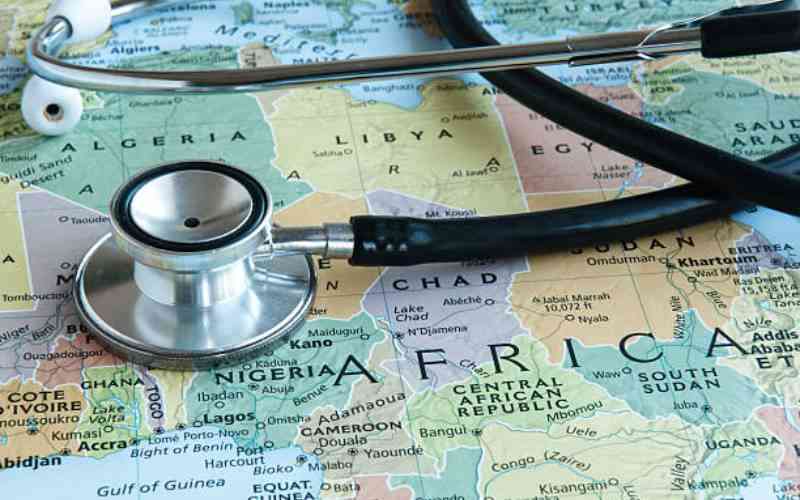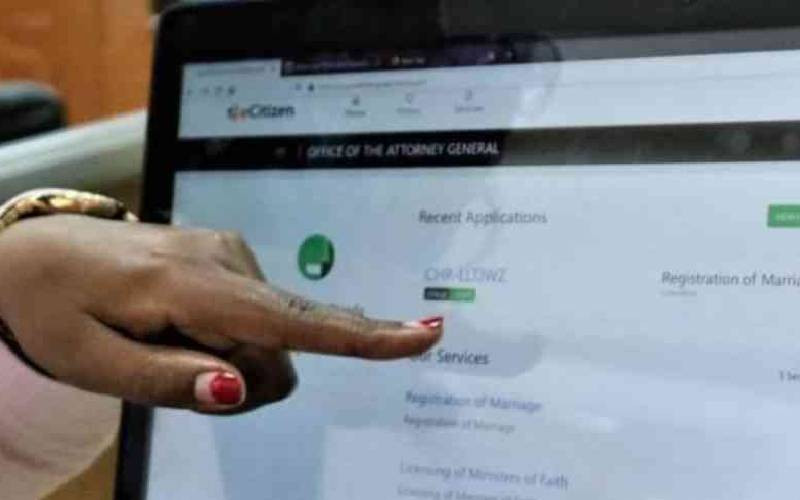Kenya has made significant strides in deepening financial inclusion since 2007, the year mobile money and innovative banking models targeting small-balance depositors were introduced into the country’s financial markets.
Thanks to this amazing revolution, which has been fueled by increased smartphone and internet affordability over the past decade, 83 per cent of the adult population in Kenya today has access to formal financial solutions. This is according to a recent study by FSD Kenya, which contrasts today’s rate of access with 2006 when only 26 per cent of Kenyans had access. Access to formal credit and savings schemes was basically a pipe dream at the time for the common Kenyan. The mama mboga, the estate shopkeeper and the local butcher couldn’t easily get a loan or invest in a government bond.
e-revolution
Today, things are different. Life has truly changed. Middle- and low-income earners are connected to the formal financial system, often at the simple tap of a button. It is not strange to hear stories about a mama mboga who started with a modest stock worth Sh10,000, saved up on their phone, borrowed capital from an app, grew their business and is now employing a few people and taking care of her family’s upkeep and education.
Sadly, despite this commendable progress in financial inclusion, it is also not strange to hear harrowing stories of families that lost decades of hard work, sweat and sacrifice because of the financial cost of fighting an illness within the family.
The average Kenyan has been invited to so many medical fundraisers—at work, school, places of worship and even WhatsApp. The discomforting reality is that if you are a Kenyan, you likely know someone who has been reduced to penury or is drowning in debt because of their illness or that of a loved on.
Medical bills are the single largest cause of poverty in Kenya, according to data from the Ministry of Health. The data, which was part of a 2016 study, indicates that an estimated one million Kenyans are driven into poverty each year due to unaffordable medical bills.
What is the root cause of this sticky predicament? The answer is simple: medical insurance is not readily available to Kenyans. World Bank data indicates that approximately four out of every five Kenyans lack access to medical insurance, meaning that most people are just an illness or accident away from staring poverty in the eye.
Make payments
Out-of-pocket expenses in Kenya make up a third of the country’s total health expenditure, way above the World Health Organization’s recommended 15 or 20 per cent. This excess out of pocket expenditure is wealth that could have remained in the hands of Kenyans if they had medical insurance.
Access to medical insurance is not just about peace of mind and access to timely healthcare; it also about the economy and society at large. We would have a stronger economy and a more stable society if more Kenyans had medical insurance.
Expanding medical insurance to the common mwananchi should not be an impossibly difficult task to achieve. Most Kenyans have mobile phones on which they make payments, save and borrow. They should also be able to buy medical policies, pay their premiums and make claims with the same ease. Technology enabled micro-insurance products need to be adopted more rapidly.
As you would expect, technology is not a barrier to adoption. The key barrier we need to address is the lack of strong partnerships between players in the health sector and the financial services sector. Medical insurance has been left out of the financial inclusion agenda, which has brought loans and savings to common Kenya over the past decade. You cannot overlook the strong linkages between good health and wealth.
What works
Mobile-enabled micro-insurance products that targets low- and middle-income earners will no doubt register great success, especially in informal settlements in Nairobi and other urban areas. The quick adoption is the result of strategic and strong partnerships with key players in the health sector.
Stay informed. Subscribe to our newsletter
To succeed, the premiums must be packaged into affordable and manageable payments that can be made through phones, enabling thousands to get quality medical care without financial strain. But how do we get this critical service to the Kenyans who need it the most? We partner with health professionals who have the trust of communities in the ground, such as local clinics, chemists and community health workers. These partnerships help demystify medical insurance to Kenyans, and many sign up – on their phones.
Five years from now, we should live in a Kenya where families no longer slip into poverty because of medical bills. Micro-insurance products, whose adoption can be accelerated through stronger partnerships between the financial sector and the health sector, are the way.
Mr Otieno is the CEO of Insurance For All (IFA). [email protected]
 The Standard Group Plc is a
multi-media organization with investments in media platforms spanning newspaper
print operations, television, radio broadcasting, digital and online services. The
Standard Group is recognized as a leading multi-media house in Kenya with a key
influence in matters of national and international interest.
The Standard Group Plc is a
multi-media organization with investments in media platforms spanning newspaper
print operations, television, radio broadcasting, digital and online services. The
Standard Group is recognized as a leading multi-media house in Kenya with a key
influence in matters of national and international interest.
 The Standard Group Plc is a
multi-media organization with investments in media platforms spanning newspaper
print operations, television, radio broadcasting, digital and online services. The
Standard Group is recognized as a leading multi-media house in Kenya with a key
influence in matters of national and international interest.
The Standard Group Plc is a
multi-media organization with investments in media platforms spanning newspaper
print operations, television, radio broadcasting, digital and online services. The
Standard Group is recognized as a leading multi-media house in Kenya with a key
influence in matters of national and international interest.









